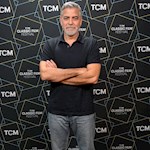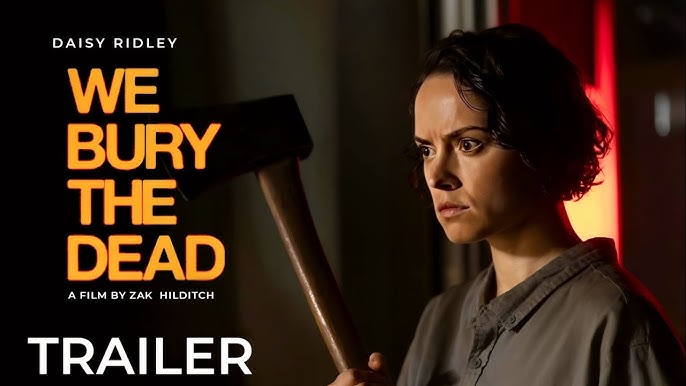'It’s hard to make films as a woman and it is hard to make films about women...' Kate Winslet discusses challenges on biopic Lee
Kate Winslet insists it is still "hard to make films as a woman" and "about women".
The 48-year-old actress stars in and co-produced upcoming biographical drama 'Lee', about the life of model and war photographer Lee Miller.
Winslet was attached to the project for eight years and after taking on producing duties she hired cinematographer Ellen Kuras - who she had worked with on 'Eternal Sunshine of the Spotless Mind' - to make her directorial debut on the movie.
Appearing at the European premiere of 'Lee' at the Munich International Film Festival, Kate spoke about how the film's lengthy journey to the screen proves why it is still difficult to tell important stories about women on screen.
She said: "We chose to delay the release of 'Lee' because of the strike and because I wanted to be able to talk about the real true labour of love that it was for me and my producing partner Kate Solomon to make this film.
“It’s hard to make films as a woman and it is hard to make films about women. I hope with this film people will be more open-eared and more open-eyed to wanting to absorb stories of phenomenally important historical figures like the formidable Lee Miller.”
Miller had been a fashion model in New York in the 1920s before heading to Paris, France, to learn how to be a fashion and fine art photographer before she became a war correspondent for Vogue at the outbreak of World War II in 1939.
Miller - who was living in Hampstead, London, when the conflict began - teamed up with David E. Scherman, played by Andy Samberg in the film, to cover events such as the London Blitz and the liberation of Paris.
Their often harrowing images were responsible for educating the world on the true atrocities of the Nazis, in particular the concentration camps at Buchenwald and Dachau.
Winslet admits the scenes showing Miller's work in the camps was particularly difficult to film.
She said: "The part that was hardest to shoot was Dachau; it was extremely hard for Andy Samberg who did not want to see the set at all until we’ve actually gone onto his face [in the film]. His entire reaction as we are walking in really is how he was reacting.
“It was just so important to us to make sure that we weren’t trying to emulate images of the camps that have been done brilliantly by other filmmakers in the past. We had to really be determined to make sure we were only seeing it through [Miller and Scherman’s] eyes.”














